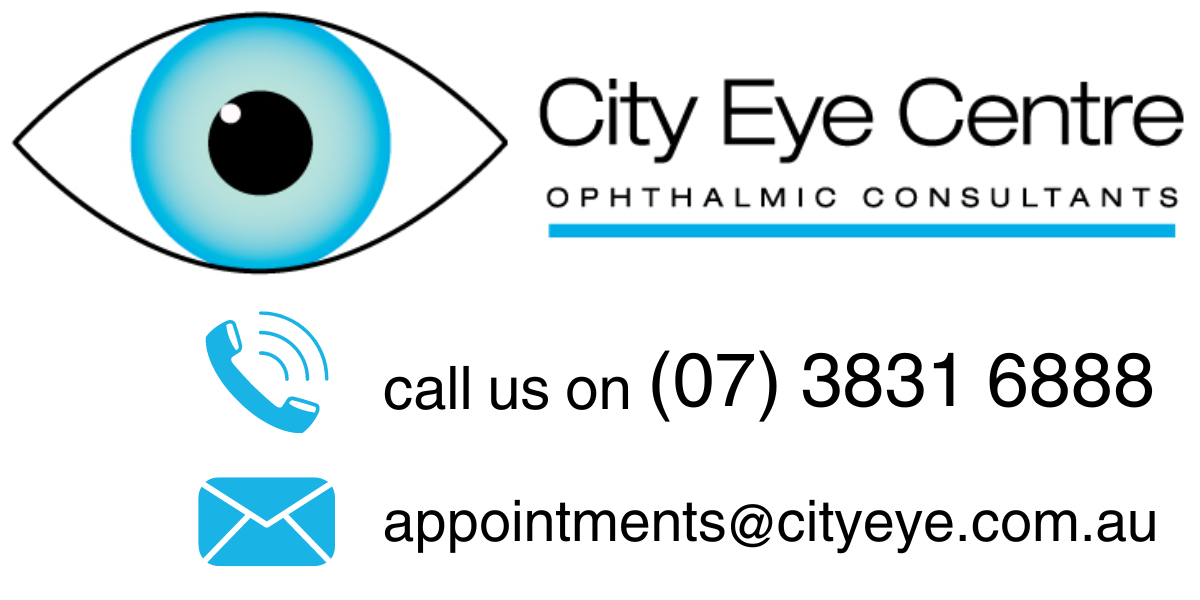MACULAR HOLE: SYMPTOMS, CAUSES AND TREATMENT
What is a Macular Hole?
A macular hole is a eye condition when a hole develops in the centre of the eyes’ light-sensitive tissue called the retina. The macula is the small area in the centre of the retina. It is the part of the eye that is responsible for good central vision.
Symptoms and Causes
Symptoms of macular hole include blurred, distorted vision. Sometimes a dark spot (a scotoma) may appear in the centre of the vision, causing you to miss letters or words when reading. It is more common in the elderly and in women, though it can occur in both sexes. The underlying cause is thought to be due to a fine membrane at the macula which causes traction, causing a break or hole to form. If you have had previous injury to the eye, the risk of developing a macular hole is also higher.

Can a Macular Hole Heal Without Surgery?
Yes, in some instances, small, early macular holes may improve spontaneously without treatment. We follow these cases closely with regular check-ups. Once the macular hole begins to enlarge and vision is affected, then surgery is recommended to close the hole. If the hole is left untreated, it may enlarge with time and become full-thickness, leaving a larger dark spot in the centre of vision. This can result in potentially permanent vision deterioration. The risk of the other eye also developing the same condition is approximately 10%.
What is Macular Hole Surgery?
Surgery for macular holes involves vitreoretinal microsurgery. Very fine microsurgical instruments are inserted inside the eye and the vitreous jelly is removed. The fine inner membrane of the retina which causes the macular hole is also removed. Special dyes are used to delineate these membranes and assist removal of the traction. A gas bubble is used to tamponade the macular hole. It is absorbed over four to eight weeks and replaced with the eyes’ own fluid.
What is the Success Rate of Macular Hole Surgery?
Surgery is very successful in closing the macular hole and improving vision. The success rate of macular hole closure is excellent at 95% or higher. Once the hole is closed, the distortion in vision should improve. The level of vision should also improve in approximately 80% of cases. Macular hole surgery may be combined with cataract surgery if a cataract is present at the time of macular hole diagnosis.
Some macular holes may require further surgery. The degree to which this occurs depends on the length of time that the hole has been present. It also depends on the size of the hole at presentation. Chronic macular holes which have been present for a long period of time may not close fully with surgery, resulting in a poorer prognosis.
Recovery Process After Macular Hole Surgery
Following surgery, your vision will initially be blurry due to the gas bubble and the dilating eye drops. For the first two weeks following surgery, you will need to posture face-down. Face-down posturing for long periods can be a challenging part of the recovery process. There are special chairs available for hire to assist with positioning.
Possible Complications
While macular hole surgery is successful in closing most macular holes, it is important that we advise of potential complications. They include retinal tears and retinal detachment that may develop during or following surgery. Infection and haemorrhage can occur but they are very rare risks. Cataract can also progress faster after vitrectomy surgery. This means that cataract surgery may be required some time after macular hole surgery.
Do you have questions or concerns about your eye health or a specific eye condition? To discuss, please contact City Eye Centre for more information.
